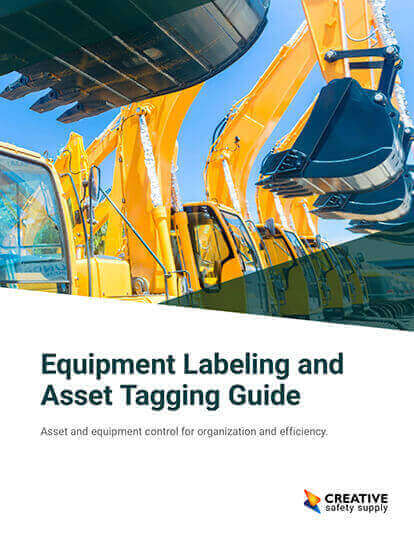
Machines in warehouses and factories often have multiple moving parts and the potential to cause a workplace injury. Ingoing nip points, rotating parts, flying chips, and sparks are just some of the risks that machinery can pose. Machine safeguards are a type of engineering control that prevents workers’ body parts contacting it or to control hazards (like sparks) from escaping the machine. If machines are not properly guarded, workers can be at risk for rushed fingers or hands, amputations, burns, or blindness. The OSHA standard 1910.212 covers general requirements for all machines regarding machinery and machine guarding.
Machine guarding is meant to keep the machine operator and nearby workers safe from the hazards created by equipment. Appropriate safeguards include barrier guards, light curtains, and two-hand operating devices just to name a few. According to OSHA, machine guards must meet the following minimum general requirements:
- It prevents contact between hands, arms, or other body parts from moving machinery parts.
- Guards can be securely attached to the machine.
- The safeguard prevents any and all objects from falling into moving parts.
- No new hazards occur as a direct result from the safeguard.
- The machine guard does not interfere with the worker’s job.
- And if possible, employees should still be able to lubricate the machine without taking off the safeguard.
Employers are required to use one or more machine guarding methods at each hazardous machine area as well as provide training to their workers. Like many other safety requirements and programs, it can be virtually ineffective when workers don’t understand how to use guards and the purpose of the controls. Operators should receive both instruction and hands-on training that covers: a description and identification of machine hazards, how safeguards provide protection, how to properly use safeguards, the situations where guards can be removed, when a LOTO program is required, and the procedure for a damaged or missing safeguard.
Similar Glossary Terms
- Pinch Points
- Lockout/Tagout (LOTO)
- Safety Engineering
- Injury Prevention
- HAZWOPER
- PPE
- Powered Industrial Truck
- Hierarchy of Controls
- Ladder Regulations


